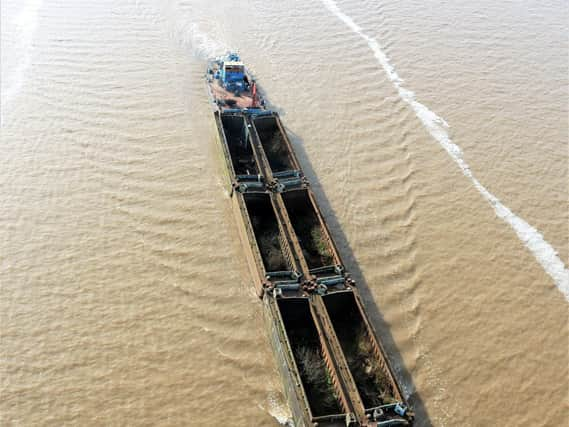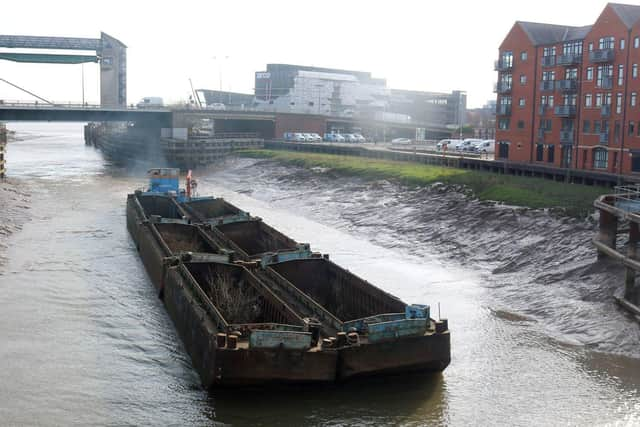New future for barges saved from the scrapheap and 'pushed' back home to Hull


Mr Dean collected the engineless barges using his pusher tug "Pushette" from Newark, on the River Trent, where they were laid up for over 20 years.
The third generation operator, who has his own dry dock on Lime Street in the city, is now deciding what to do with them.
Advertisement
Hide AdAdvertisement
Hide AdIn the past he's converted barges into house boats - including one which he did £150,000 work on and is now for sale, with its Chelsea berth, included for £1.1m.


"Having a dry dock to keep your men working I tend to 'buy work'," he explained. "When we haven't any paying work, we do boats up and then sell them on."
The houseboat market may be saturated in London, he says, but there's still demand for them on the inland waterways of Yorkshire and beyond.
"Square boxes with a fancy looking caravan on top are fetching £250,000 in London," he says.
Advertisement
Hide AdAdvertisement
Hide AdThey could also be used for commercial work, carrying loads of sand and gravel.
The Bacats - which stand for Barge Aboard Catamaran - were built by the Yorkshire Drydock Company in the 1970s as part of an European initiative.
They were designed so they could be loaded onto a "mother ship" and then carried to and from the continent and then into the inland waterways.
Symmetrical and manoeuvrable they can be pushed backward or forwards and are useful in tight corners where bigger boats cannot operate.
Comment Guidelines
National World encourages reader discussion on our stories. User feedback, insights and back-and-forth exchanges add a rich layer of context to reporting. Please review our Community Guidelines before commenting.